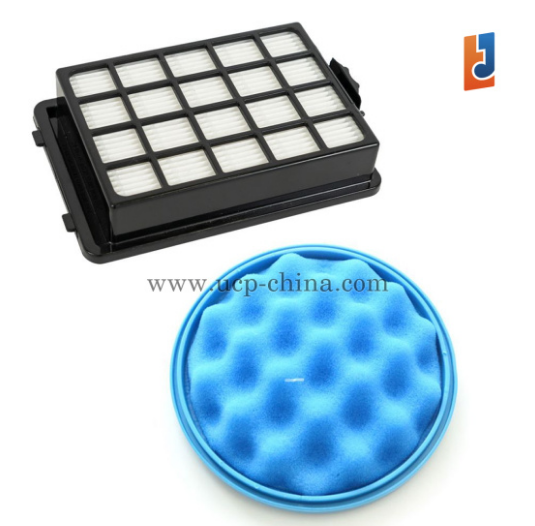
BLOG
New Vacuum Cleaner Parts
Update time:
2025-08-18 15:17

Vacuum Cleaner Parts: The Essential Components Behind Efficient Cleaning
The filtration system is another vital component, responsible for trapping dust and allergens before the air is expelled back into the environment. Modern vacuum cleaners often employ multi-stage filtration, including pre-filters, HEPA filters, and post-filters. HEPA filters, in particular, are highly effective at capturing microscopic particles, making them ideal for households with allergy sufferers or pets. Regular cleaning or replacement of filters is essential to maintain suction power and air quality.
The dustbin or bag serves as the collection point for all the dirt and debris sucked up by the vacuum. Bagless models feature a removable dustbin that can be emptied and reused, while bagged models use disposable bags that need periodic replacement. Bagless systems are more eco-friendly and cost-effective in the long run, but bagged systems tend to be more hygienic, as they minimize exposure to dust during disposal.
The brush roll or beater bar is a rotating brush located at the base of the vacuum, designed to agitate carpets and loosen embedded dirt for easier removal. This component is particularly important for deep cleaning carpets and rugs. Some vacuum cleaners come with adjustable brush rolls to accommodate different floor types, while others feature motorized brush rolls for enhanced cleaning performance.
Hoses and wands provide the flexibility needed to reach tight spaces, high corners, and under furniture. These attachments are typically made from durable materials like reinforced plastic or metal to withstand bending and twisting. Many vacuum cleaners include a variety of specialized attachments, such as crevice tools, upholstery brushes, and dusting brushes, to tackle specific cleaning tasks.
The power cord and battery are crucial for supplying electricity to the vacuum cleaner. Corded models offer unlimited runtime but are limited by the length of the cord, whereas cordless models provide greater mobility but require regular recharging. Advances in battery technology, such as lithium-ion batteries, have significantly improved the runtime and performance of cordless vacuums, making them a popular choice for quick cleanups.
The housing and chassis form the outer structure of the vacuum cleaner, protecting internal components and providing stability during use. Lightweight materials like high-impact plastic are commonly used to reduce the overall weight without compromising durability. The design of the housing also influences maneuverability, with swivel steering and low-profile models offering enhanced ease of use.
Wheels and casters enable smooth movement across different surfaces, ensuring the vacuum cleaner can glide effortlessly over carpets, hardwood floors, and tiles. High-quality wheels are designed to resist wear and tear, providing long-lasting performance. Some models feature larger wheels or specialized treads to navigate uneven surfaces more effectively.
Finally, the control panel and switches allow users to adjust settings such as suction power, brush roll speed, and filtration modes. Modern vacuum cleaners often include intuitive controls, LED displays, and even smart connectivity features for remote operation via mobile apps. These advancements enhance user convenience and customization.
In conclusion, vacuum cleaners are complex machines composed of numerous interconnected parts, each contributing to their overall efficiency and functionality. From the motor and filtration system to the brush roll and attachments, every component plays a pivotal role in delivering a thorough clean. Regular maintenance and proper usage of these parts ensure that the vacuum cleaner remains a reliable tool for maintaining a clean and healthy environment.






